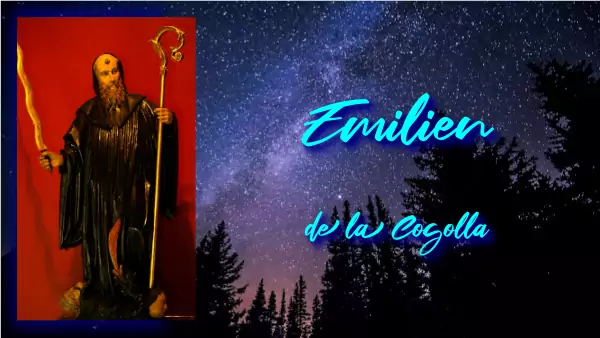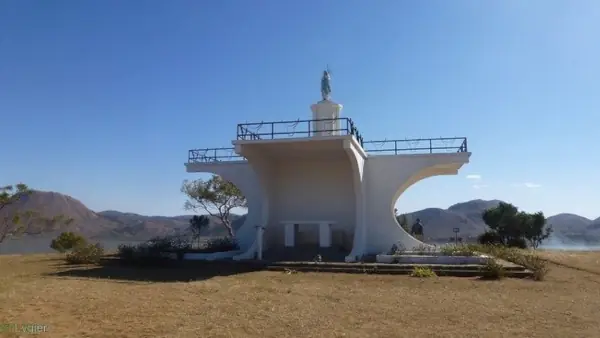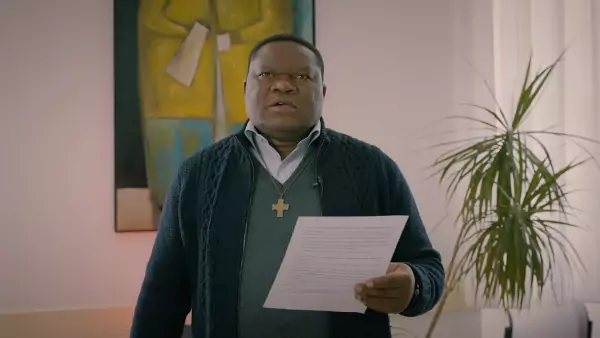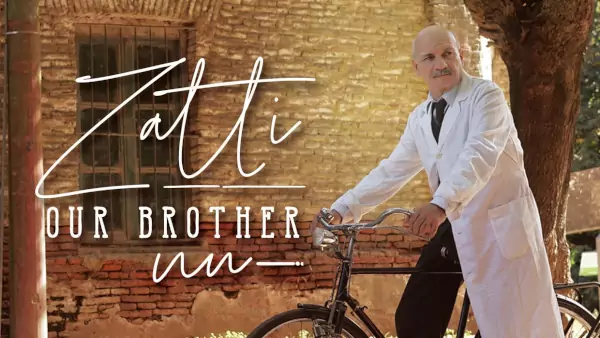12 November - Jehoshaphat, born Ivan Kountsevich in Volhynia, Ukraine, in 1584. He was still very young at the time of the Union of Brest in 1596 when part of the Church of Ruthenia was attached to Rome and constituted the Greek-Catholic Church or Ruthenian Church.
At the age of twenty, he entered the Holy Trinity Monastery of the Basilian Order in Vilnius. He was thirty years old when he became one of its superiors. From then on, deeply torn by the separation of Roman Catholics and Orthodox, he fought for the restoration of the unity of the Churches. In 1617, he was appointed Bishop of Polatsk. This region was prey to antagonisms, both political and religious. While on a pastoral visit to Vitebsk, he faced a riot led by Orthodox peasants. He went to meet his aggressors and told them: "If you have a grudge against me, here I am". He was then stoned to death and shot with a rifle bullet and thrown into the river. It was the morning of November 12, 1623. Jehoshaphat was beatified on May 16, 1643 by Urban VIII. He was canonised in 1867 by Pope Pius IX.
Emilian of La Cogolla
Saint Emilian de la Cogolla, born around 474 and died around 574, hermit, priest and abbot in Spain. This poor shepherd from La Rioja, in Old Castile, led the life of a hermit for many years before receiving priestly ordination from the Bishop of Tarazona, who entrusted him with a parish. But he returned to solitude and gathered a large number of disciples in a monastic community on the mountain of La Cogolla (the Hood), which was to become an important Benedictine abbey.








